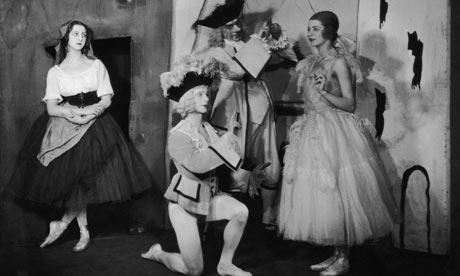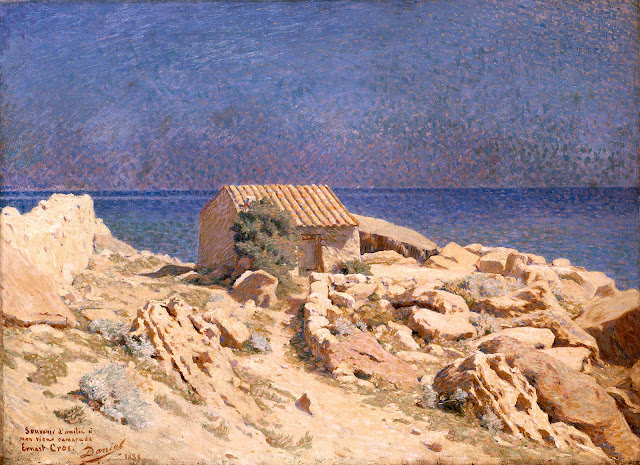Saturday, April 24 9:00 pm Concert 8, Library: Big Robot with guests Luke Dubois and Bora Yoon
Sunday, April 25 4:00 pm, Concert 10, Library: Luke Dubois and Bora Yoon
Bora Yoon is an experimental multi-instrumentalist, composer and performer, who creates architectural soundscapes from found objects, chamber instruments, digital devices, and voice. Featured in WIRE magazine and on the front page of The Wall Street Journal for her musical innovations—Yoon has presented her original soundwork ( (( PHONATION )) ) internationally, at Lincoln Center, the Nam June Paik Museum in Seoul, Patravadi Theatre in Bangkok, the Bang on a Can Marathon, BAM, and John Zorn’s Stone. Her music has been presented by Samsung and the Electronic Music Foundation; commissioned by the Young People’s Chorus Chorus of NYC and SAYAKA Ladies Chorale of Tokyo; awarded by Billboard, BMI, and Arion Foundation; and published by Swirl Records, MIT Press, and the Journal of Popular Noise. Website: http://www.borayoon.com
Friday, April 23 7:00 pm, Concert 1, Library: Pamela Z.
Pamela Z is a composer/performer who makes solo works combining a wide range of vocal techniques with electronic processing, samples, and gesture activated MIDI controllers. She has toured extensively throughout the US, Europe, and Japan. Her work has been presented at venues and exhibitions including Bang on a Can (NY), the Japan Interlink Festival, Other Minds (SF), the Venice Biennale, and the Dakar Biennale. She’s created installation works and has composed scores for dance, film, and new music chamber ensembles. Her numerous awards include a Guggenheim Fellowship, the Creative Capital Fund, the CalArts Alpert Award, the ASCAP Award, an Ars Electronica honorable mention and the NEA/JUSFC Fellowship. Website: http://www.pamelaz.com/
Saturday, April 24 3:30 pm IUPUI: Lecture by Luke Dubois; 9:00 pm Concert 8, Library: Big Robot with guests Luke Dubois and Bora Yoon
R. Luke DuBois is a composer, artist, and performer who explores the temporal, verbal, and visual structures of cultural and personal ephemera. He holds a doctorate in music composition from Columbia University, and has lectured and taught worldwide on interactive sound and video performance. He has collaborated on interactive performance, installation, and music production work with many artists and organizations including Toni Dove, Matthew Ritchie, Todd Reynolds, Michael Joaquin Grey, Elliott Sharp, Michael Gordon, Bang on a Can, Engine27, Harvestworks, and LEMUR, and was the director of the Princeton Laptop Orchestra for its 2007 season. Website: http://www.music.columbia.edu/~luke/
Saturday, April 24 7:00 pm Concert 7, Library: World Premiere (concert version) of “Auksalaq”, a telematic drama. Music composed by Matthew Burtner, with Jordan Munson, IUPUI Telematic Ensemble, Morris Palter, Ensemble 64.8 and Mabel Kwan.
Auksalaq is a live, telematic, multimedia opera composed by Matthew Burner performed simultaneously in multiple venues worldwide. Using distance technology, live music, dance, movement, visual arts and commentary, the work creates a rich counterpoint of media linking great distances. Auksalaq, the Inupiaq Eskimo word for “melting snow”, will integrate artistic expression, scientific information and social/political commentary to present an interactive, multi-dimensional experience that embodies relevant complex cultural and empirical processes. The piece illuminates scientific analysis as well as cultural and political issues surrounding global climate change.Matthew Burtner’s music has been described by The Wire as “some of the most eerily effective electroacoustic music I’ve heard,” and 21st Century Music writes “There is a horror and beauty in this music that is most impressive.” First prize winner in the Musica Nova International Electroacoustic Music Competition, his music has also received honors and awards from Bourges, Gaudeamus, Darmstadt, Prix d’Ete, Meet the Composer, ASCAP, Luigi Russolo, American Music Center, Hultgren Biennial, and others. His music has been commissioned by Spectri Sonori , Musik i Nordland, Phyllis Bryn Julson and Mark Markham, the Peabody Trio, Augsburg Kulturburo der Stadt, Heidelberg Ministerium of Arts/ Trio Ascolto, and Ensemble Noise among others. Burtner is currently Associate Professor Music at the University of Virginia where he is Associate Director of the VCCM Computer Music Center.
Abstract | Website: http://ccrma.stanford.edu/~mburtner/










![Reblog this post [with Zemanta]](http://img.zemanta.com/reblog_e.png?x-id=5deeb050-9544-45dd-a95a-d835ef952264)




